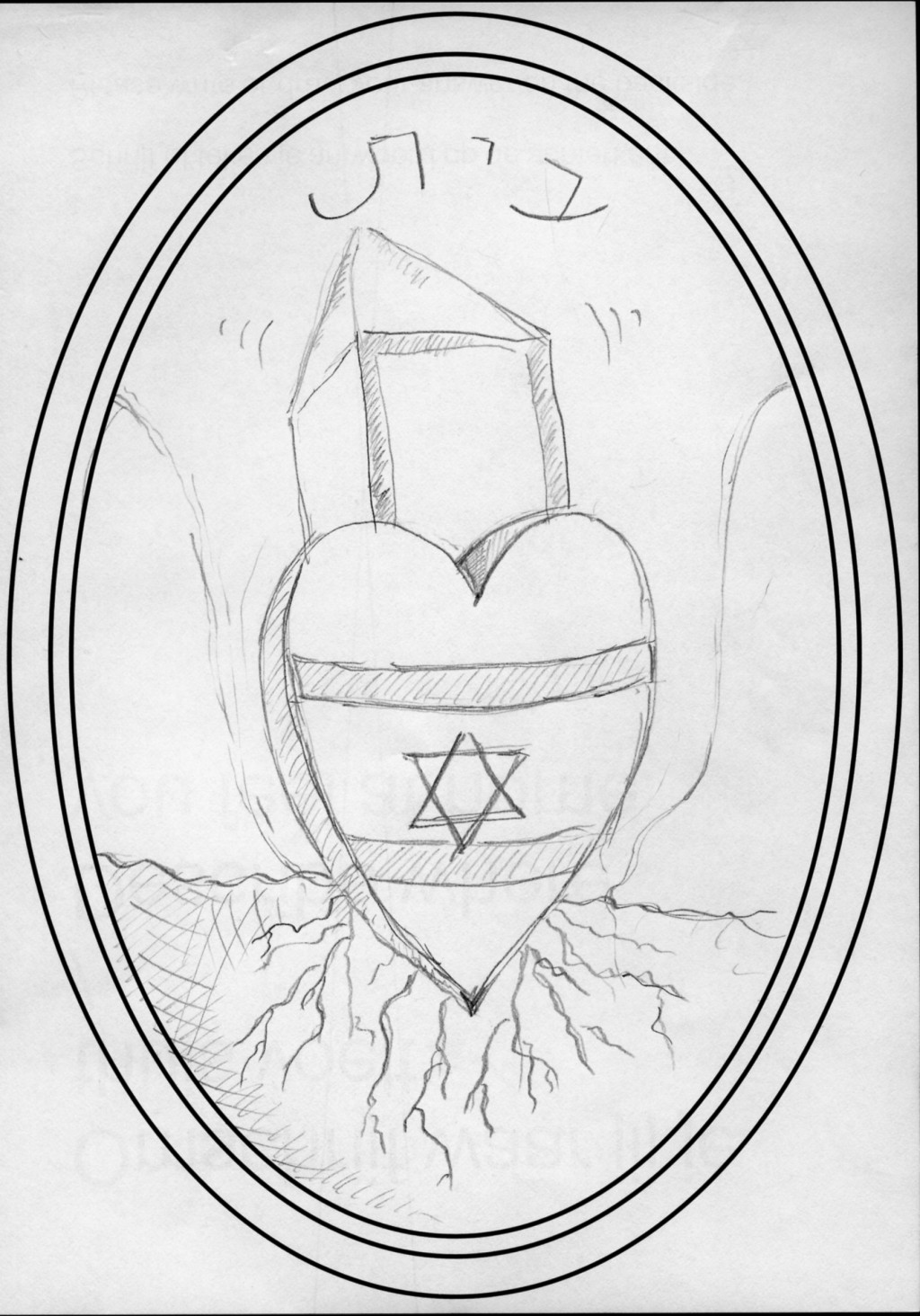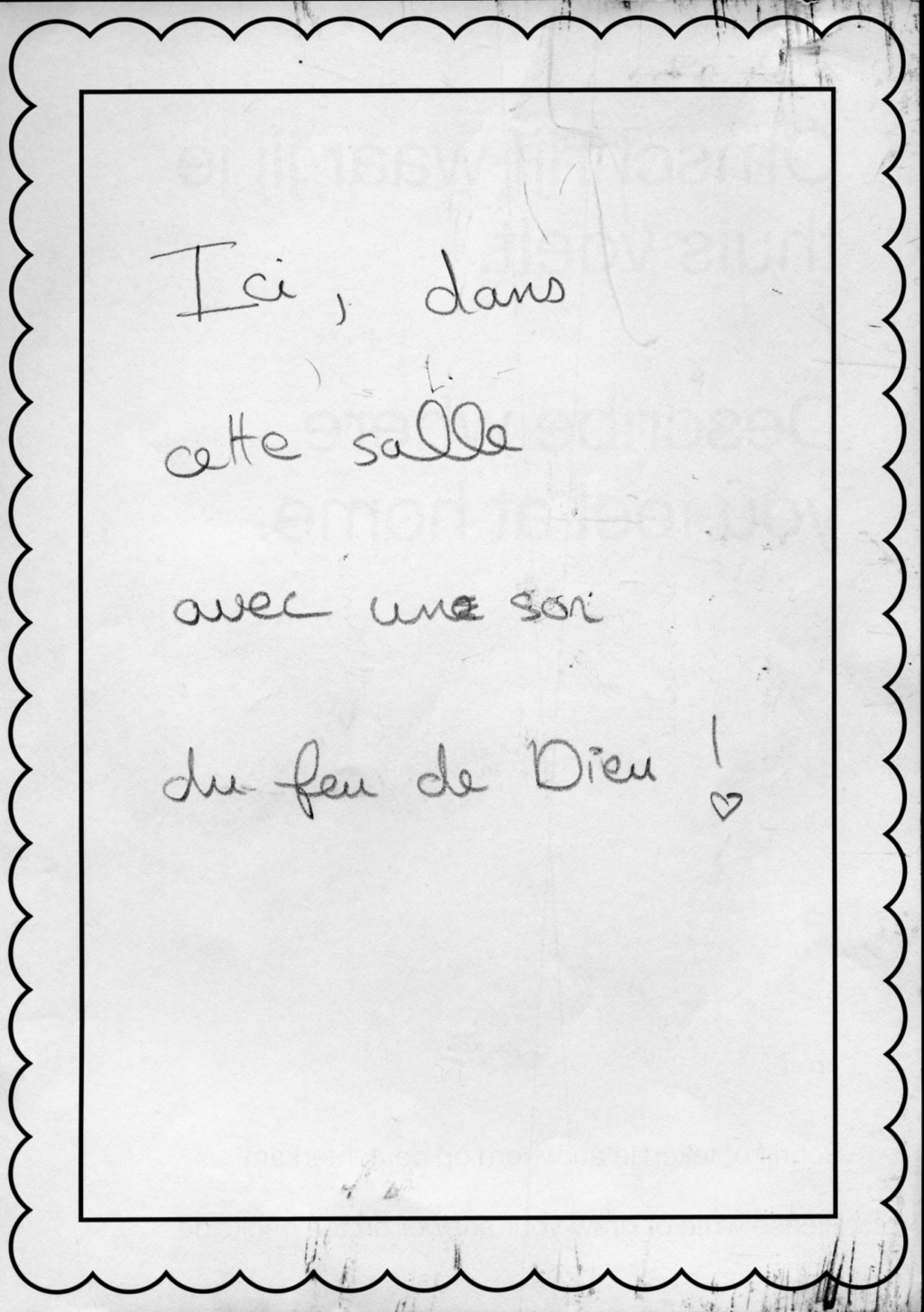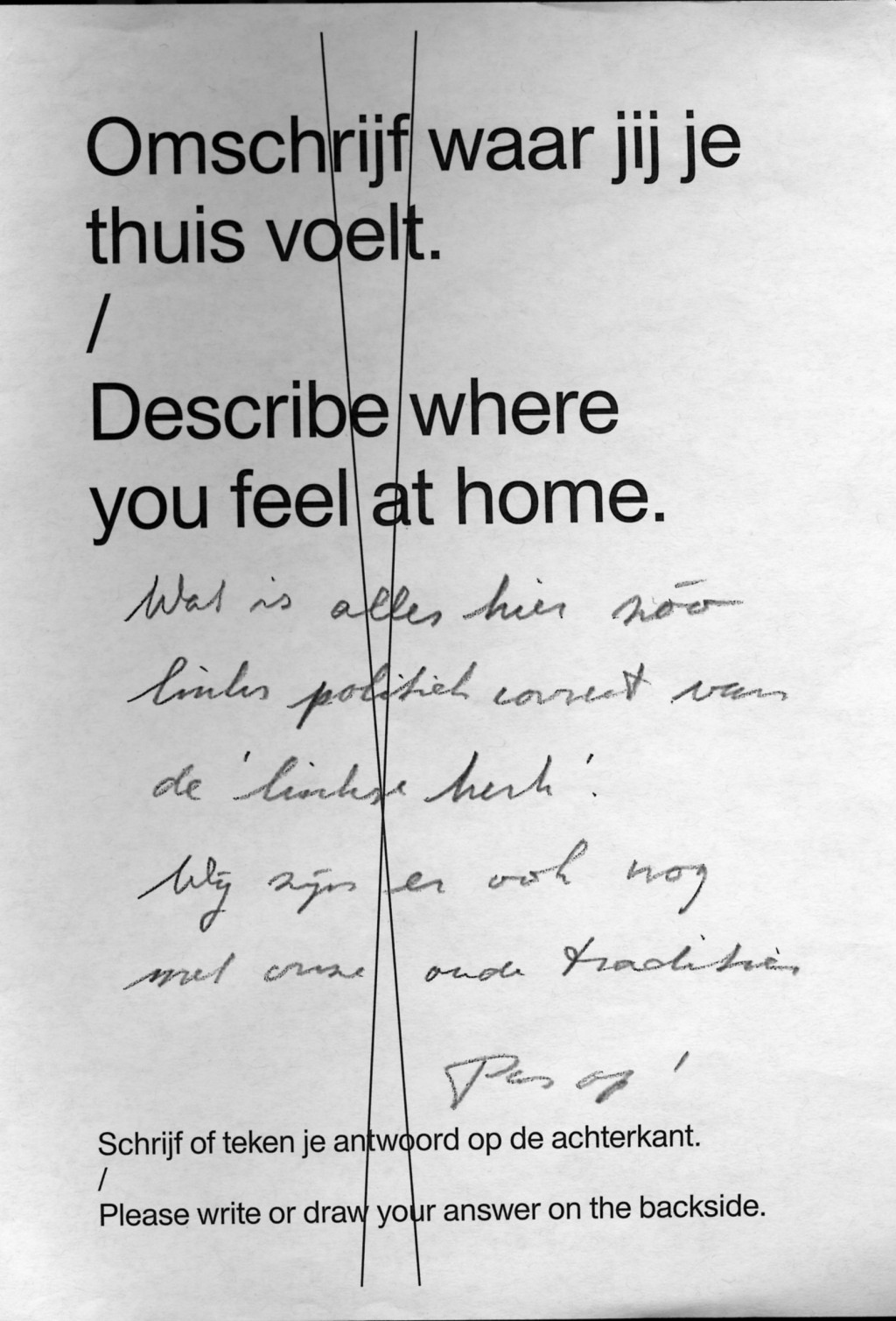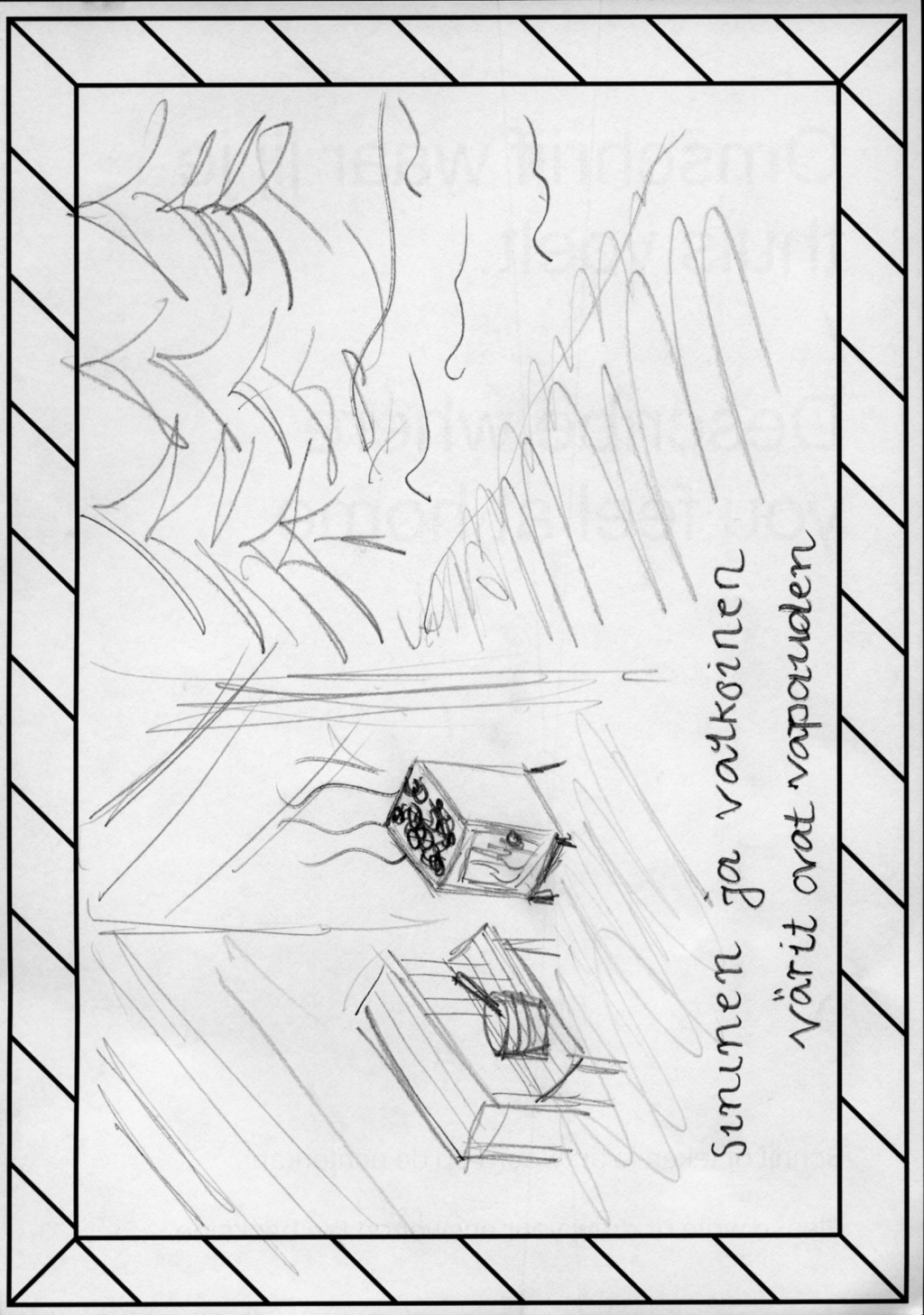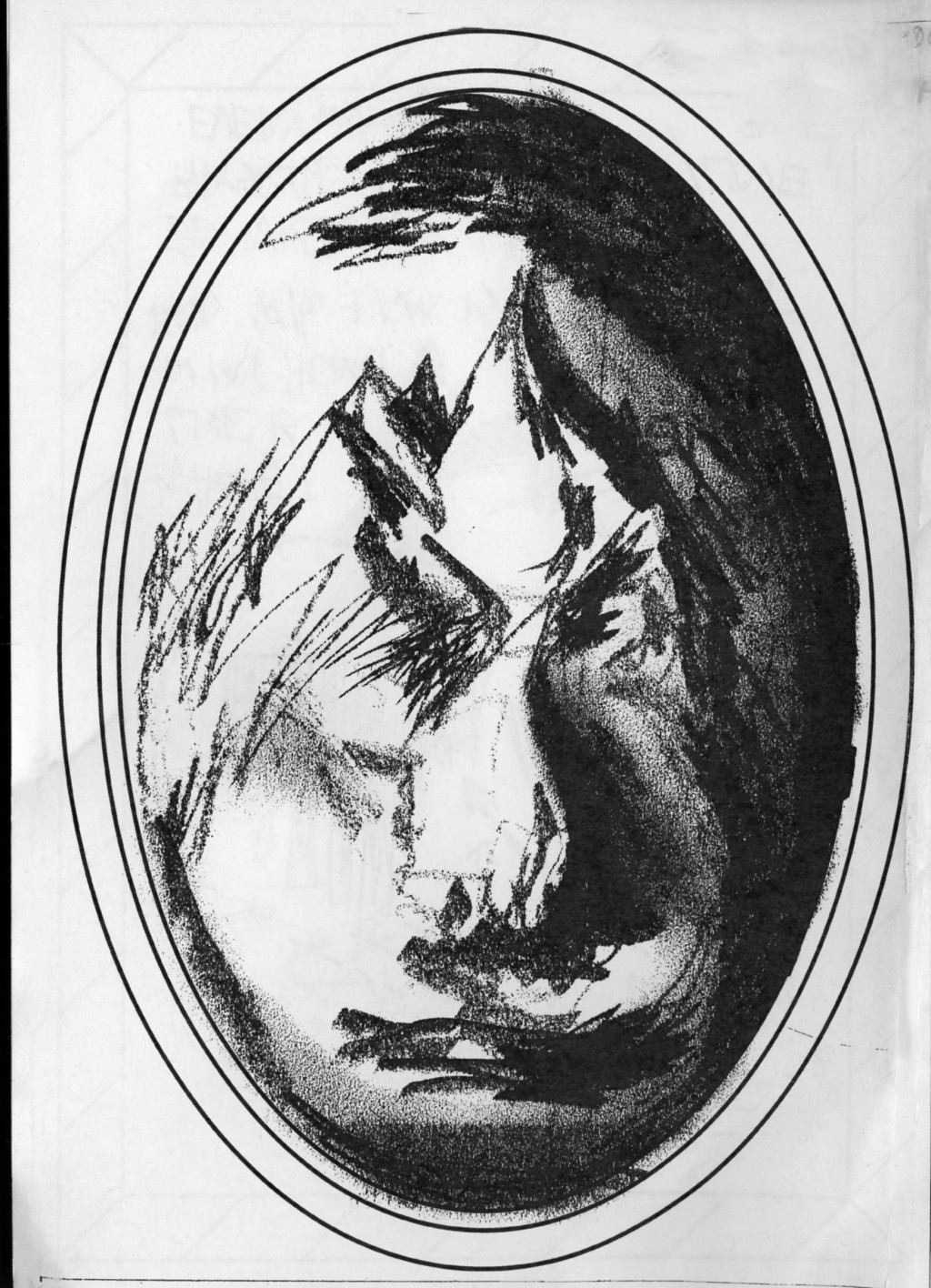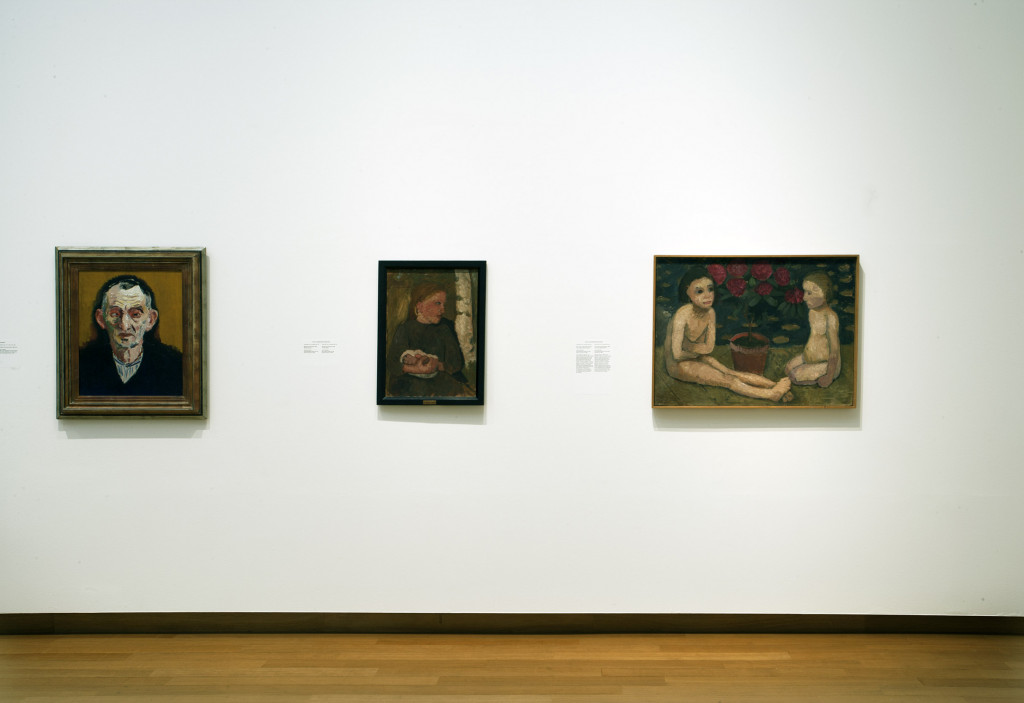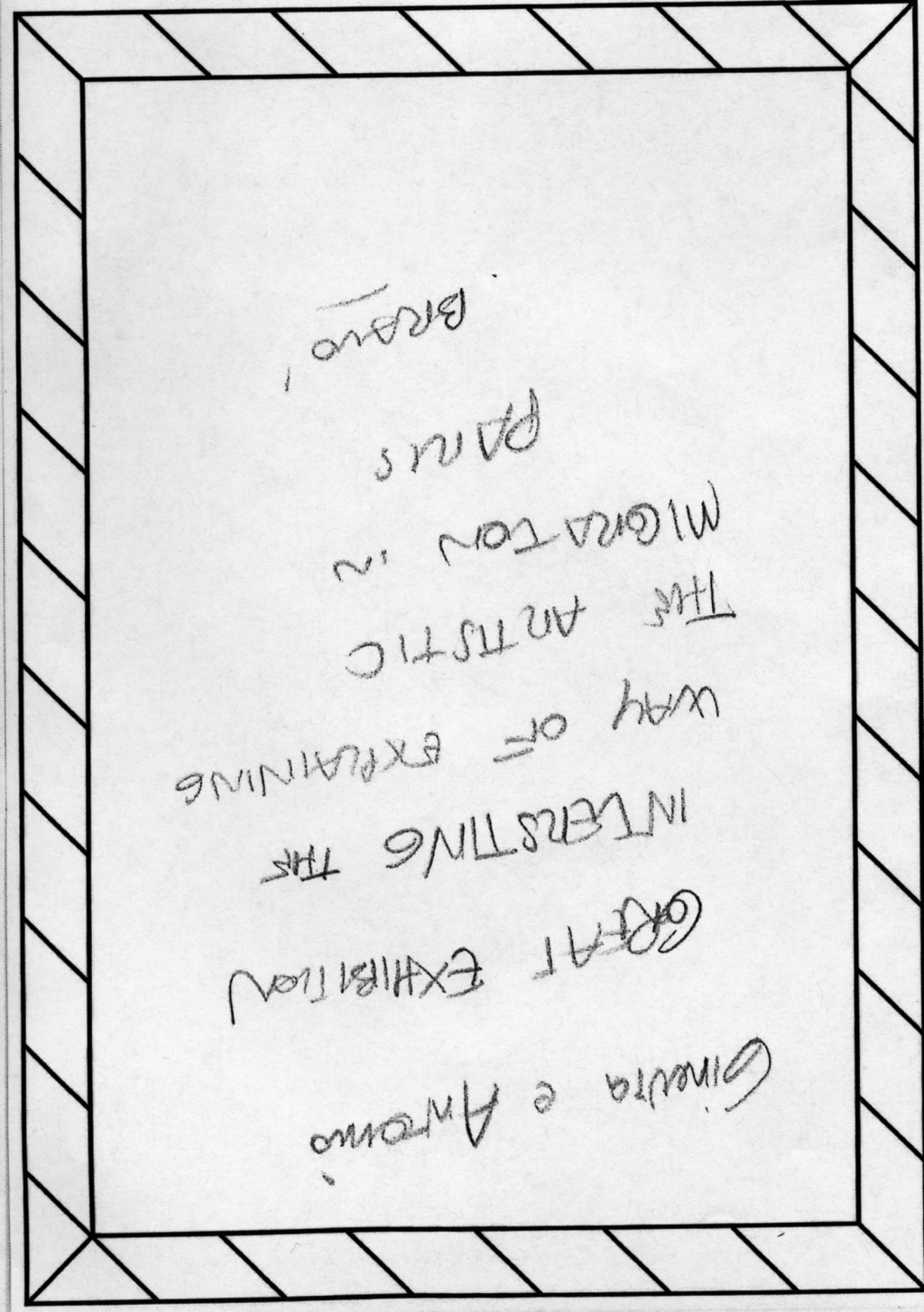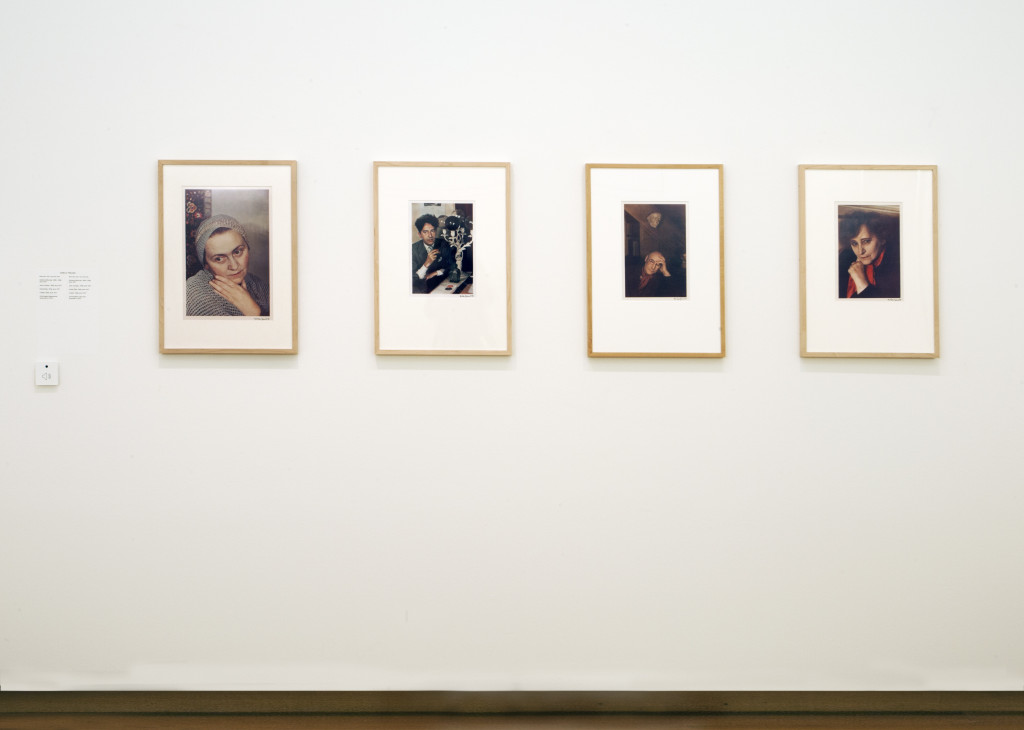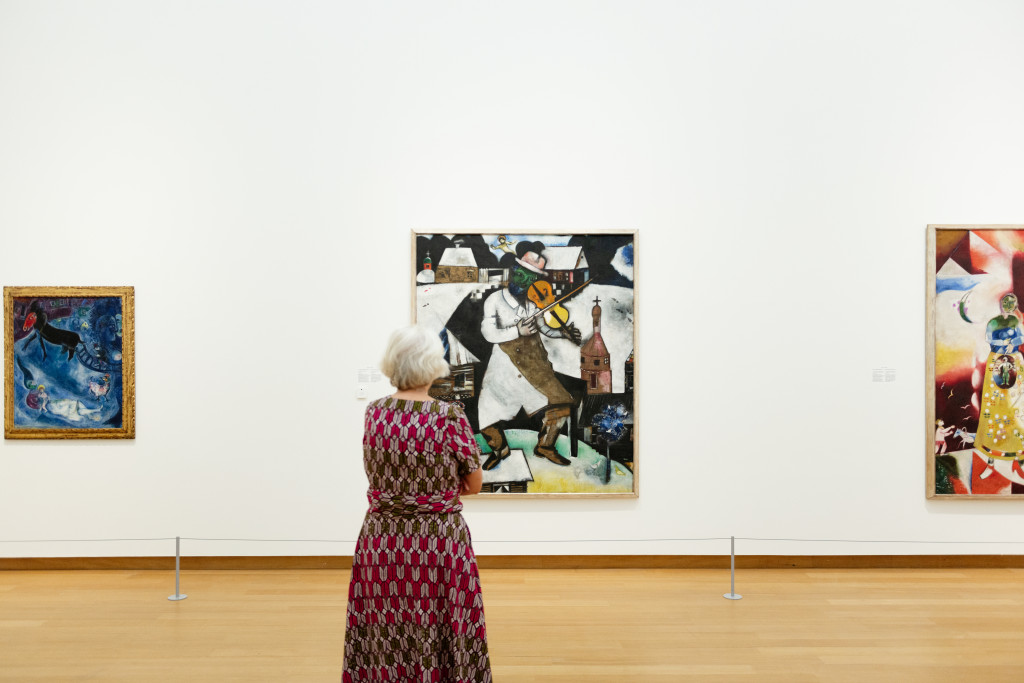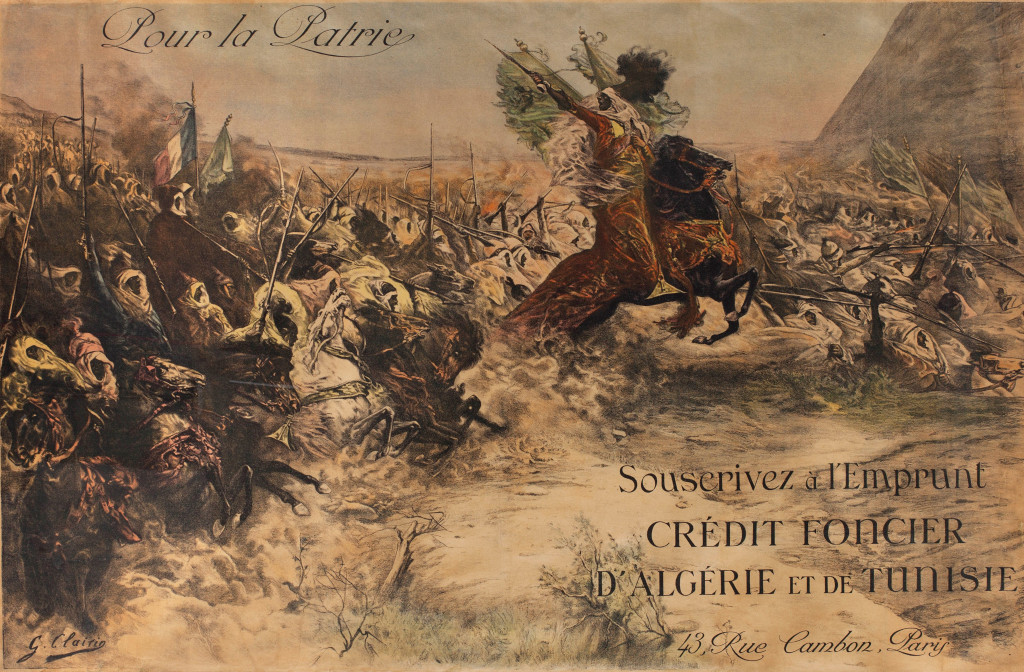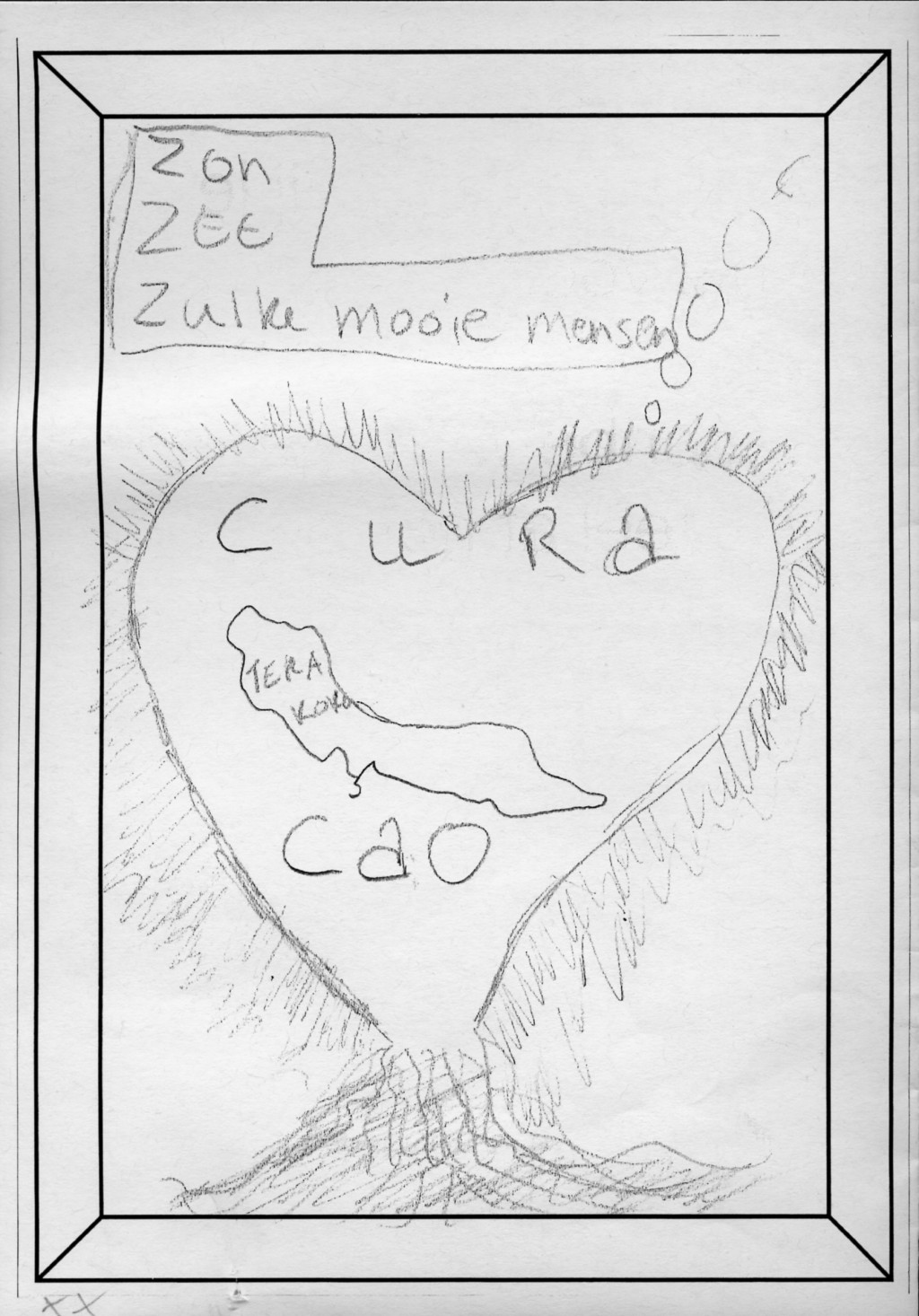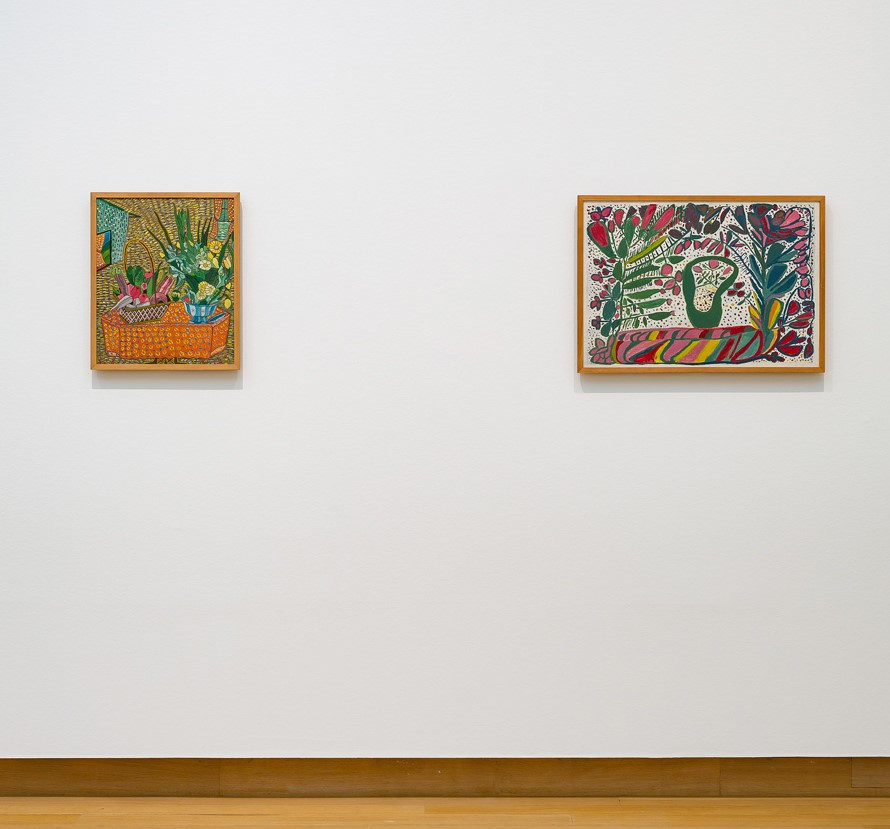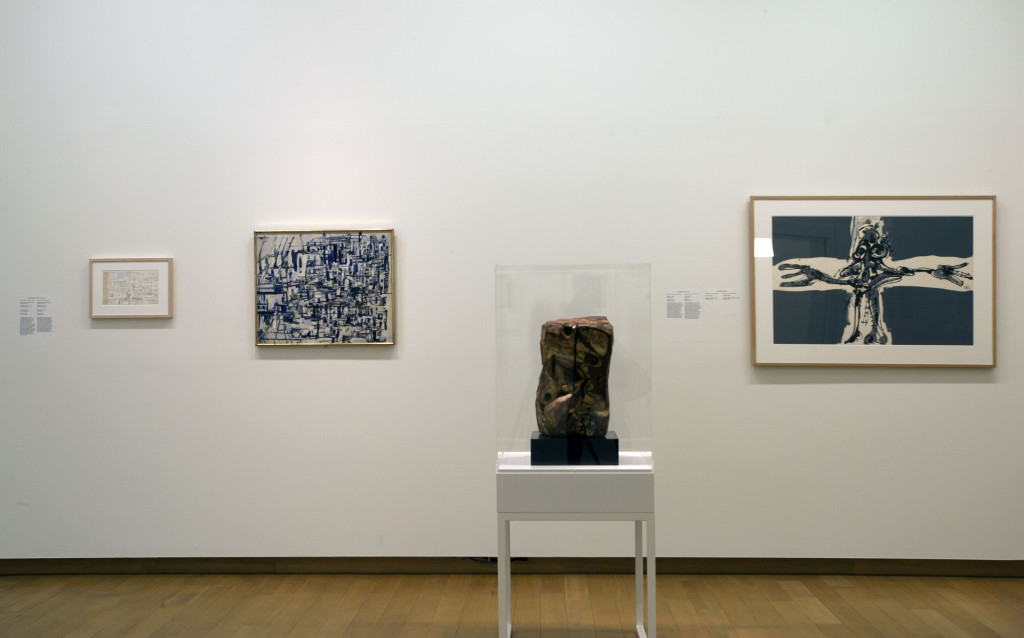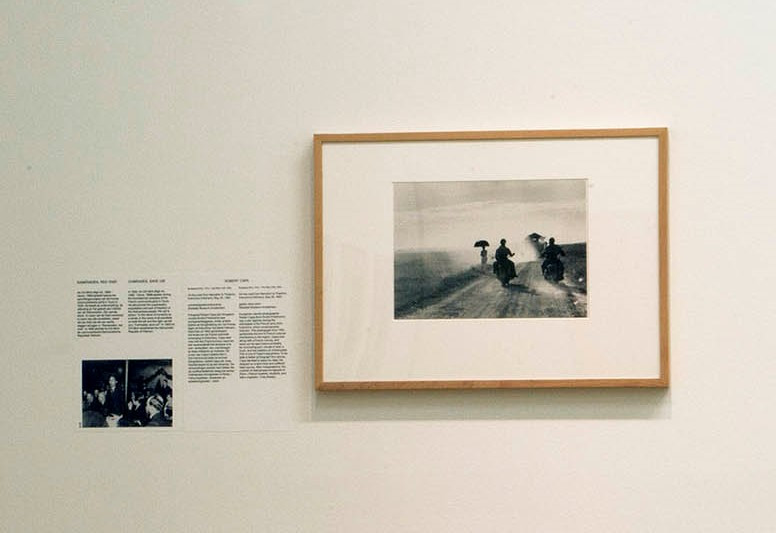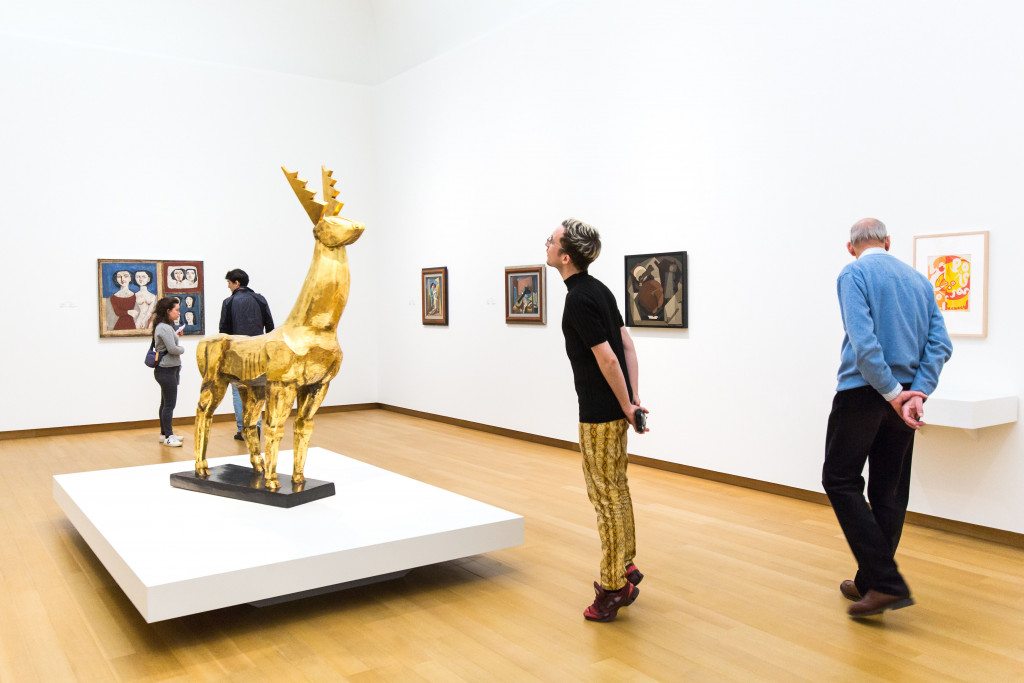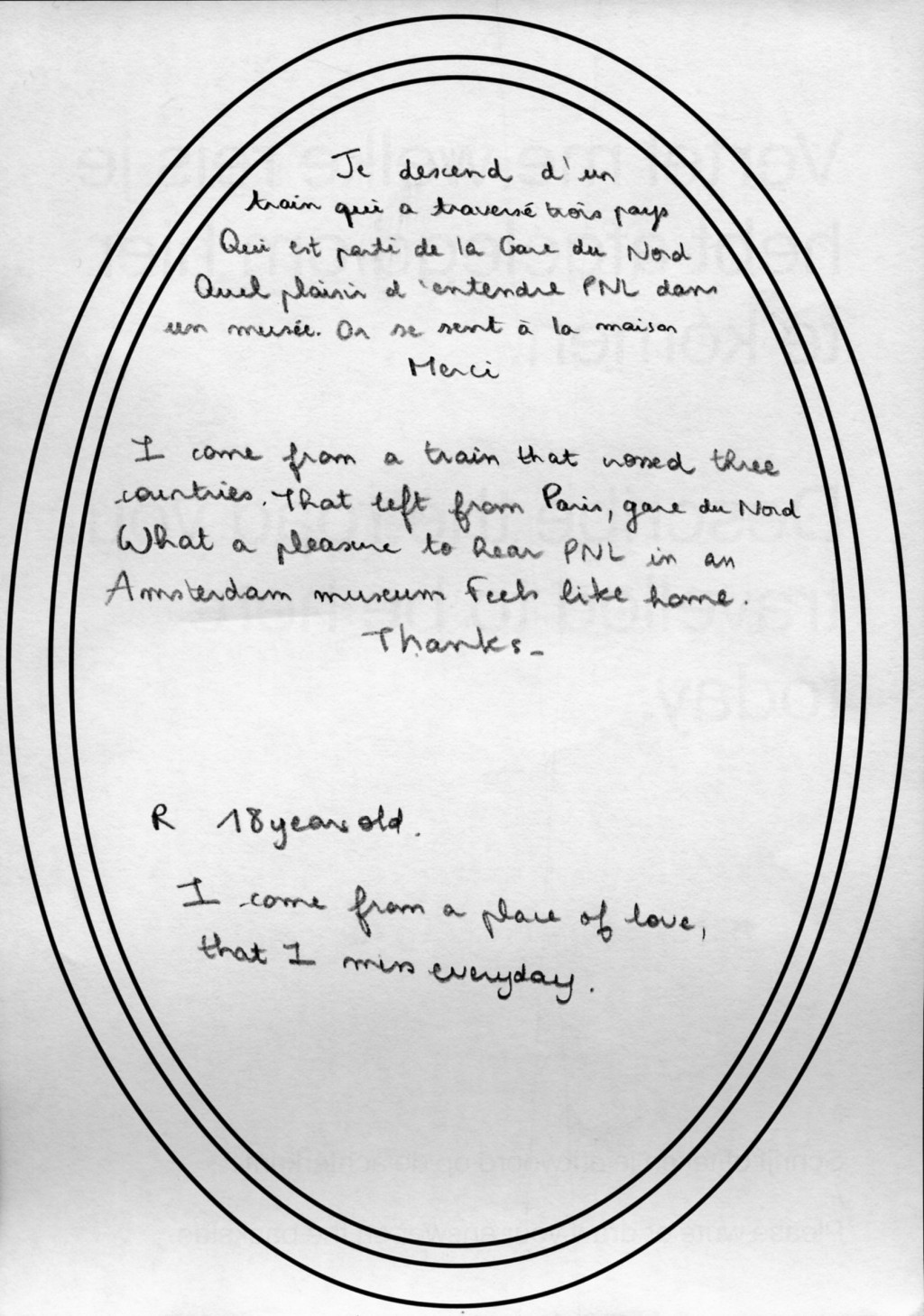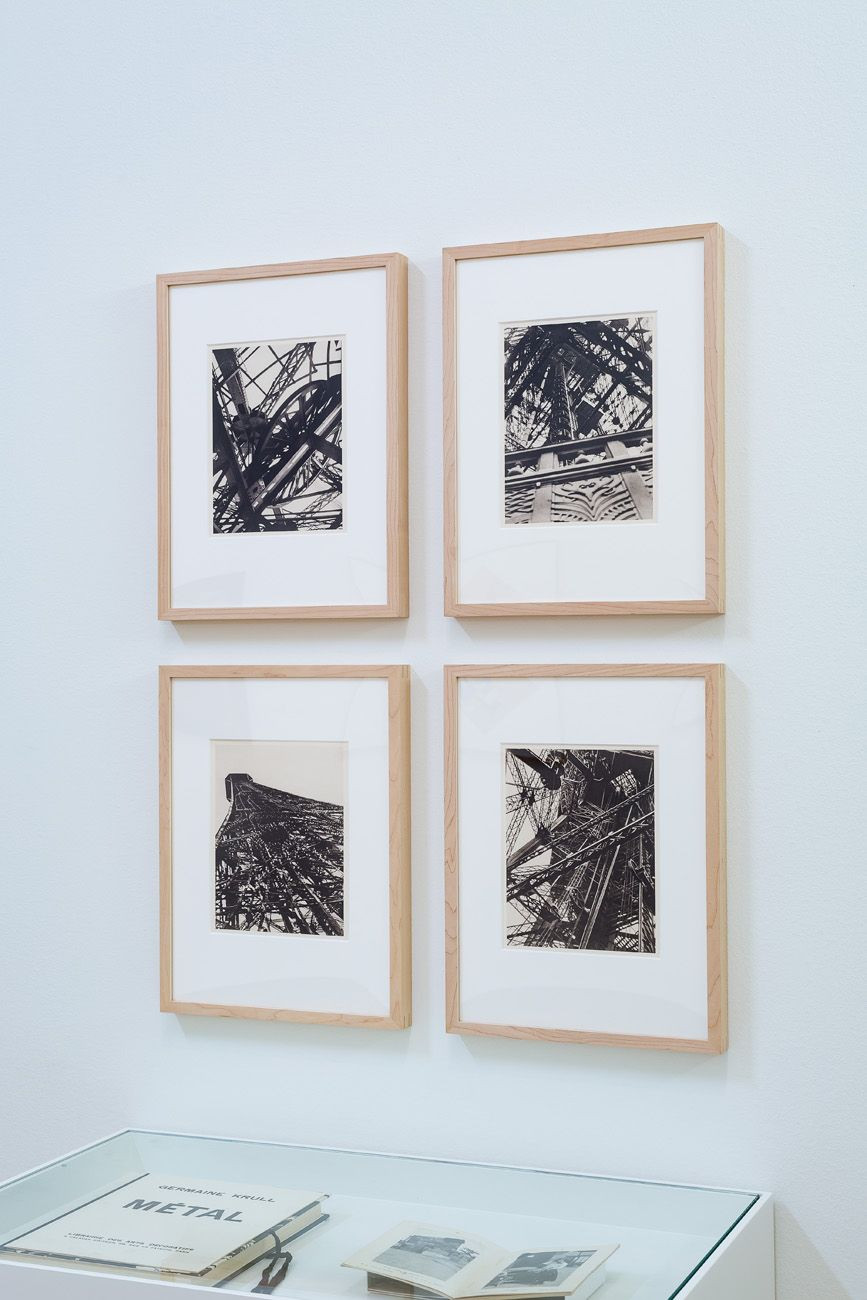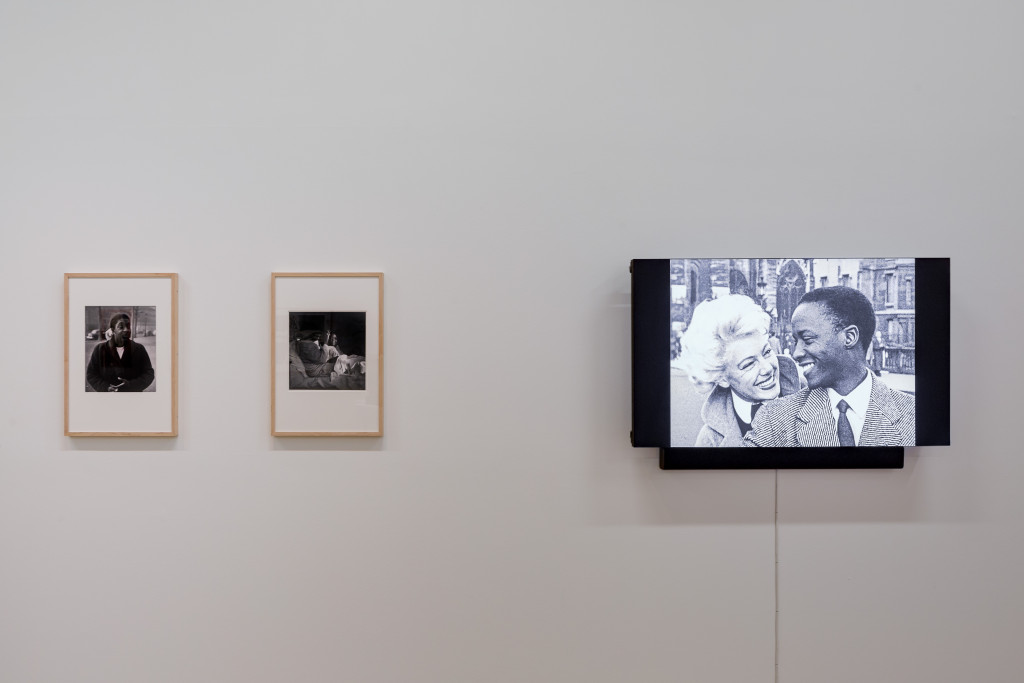Migrant Artists in Paris – Your contributions to the exhibition
miscellaneous — Dec 22, 2020
A selection of the best and most insightful responses from the visitor participation space in the exhibition Chagall, Picasso, Mondrian and Others: Migrant Artists in Paris. This exhibition was on view at the Stedelijk Museum from 21 September 2019 until 2 February 2020.
It is all about art at the Stedelijk, but also about you: our visitors. Which is why the writer and rapper Massih Hutak organised ‘The Salon’ as part of the exhibition Chagall, Picasso, Mondrian and Others: Migrant Artists in Paris. A space in the exhibition where visitors were invited to reflect, respond and tell their own story. Every month, Massih Hutak posed a new question. Questions that the artists in the exhibition would have faced, but which still remain relevant today:
- Is where you live also who you are?
- Tell me where you really come from.
- Describe where you feel at home.
- Describe the road you travelled to come here today.

16.000 responses
It was astonishing to see the multitude of stories, wonderful contributions, and the time and effort that visitors took. Almost 16,000 visitors from around the world left a written or drawn response. Here we share a selection of these, with our thanks to everyone who left a message. There were so many excellent responses, but unfortunately we can only share a few here.
We would love to know what you think about the contributions, and encourage you to respond. Perhaps there will be another exchange of ideas that we can learn from. Below we share what caught our eye.*

*) With Thanks to Najiba Yasmin and Nina Hama.
For our comments we have made use of Najiba Yasmin’s paper entitled The migration mosaic: the Salon in ‘Migrant Artists in Paris’ as a third space (2019), which she wrote for the ‘Museum Concepts and Narratives’ course at the University of Amsterdam.
Nina Hama wrote her thesis about the visitor experiences of the exhibition Chagall, Picasso, Mondrian and Others: Migrant Artists in Paris. As a result of this thesis and her recommendation, we’ve created this page.
We also thank our colleagues Fabienne Chiang and Achmed Hajhassan, for their translations from Chinese and Arabic.
Margita van Vugt, Education Executive, responsible for the introductory film, audio tour and The Salon in the exhibition Migrant Artists in Paris, and Maurice Rummens, Member of the Research Staff at the Stedelijk Museum and curator of the exhibition (eds.).
Describe where you feel at home
As expected, many of the responses to this question suggested a connection to a place, area or country. Nature was also often mentioned. Visitors with a migrant background often spoke of a feeling of belonging in more than one place. Some visitors sketched an ideal place. Others mentioned communities of like-minded individuals. Particularly poignant are those responses which refer to danger and repression in the home country, or to socio-political factors that lead to a feeling of being homeless. And it was also good to see connections being made between the exhibition and the present day. This indicates the continued global relevance of the exhibited art from the period 1900-1960. One visitor resented the ‘left-wing political correctness’ and warned: ‘we are still here with our traditions too’. This reference to traditions is addressed in the exhibition with a publication by the nationalist art critic Waldemar George, who was influential in the interwar period.
Is where you live also who you are?
The answers to this question diverged greatly. Art with its individual, spiritual freedom was cited as the best proof to the contrary. Another visitor disagreed and pointed to Nazi Germany. Others said that nowadays we are so connected to the entire world that identity has become independent of a geographical area and is more related to the cultural baggage that you carry. One visitor recognised themselves in Chagall’s sense of living between two worlds. Someone else longed for the time when the museum will no longer be about ‘identity politics, but art itself’, adding that ‘the Stedelijk has become politically dependent’.
Tell me where you really come from
A large number of responses to this question came from visitors with a migrant background who referred to current or historical socio-political developments that have influenced their lives, such as Brexit or colonialism. One visitor revealingly wrote: ‘I speak French because I lived in Senegal’. Beneath this they drew a tree: the left side is bare; the right side is green. Another response shows people holding hands in a circle. The text beneath this is a delicate reminder that the exhibition was sponsored by a major financial institution. Museums must be wary of conflicts of interests.
Describe the road you travelled to come here today
One visitor calls the protests for more democracy in Hong Kong ‘the revolution of our times’, a reference to the struggle for independence in Vietnam, formerly Indochina, a French colony, which is touched upon in the exhibition. According to the penultimate contribution, ‘institutions (we should probably also understand this to mean museums - ed.) are obstinate’ (in Arabic text). [N]ow they are a continuum of colonialism.’ This topical criticism presumably not only refers to the fact that collections continue to be witness to the colonial origins of museums, but also to the entire museum system, including the staff responsible for exhibitions.







